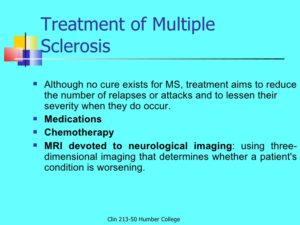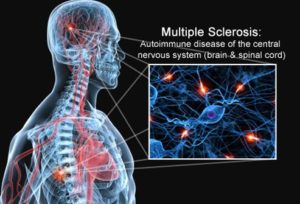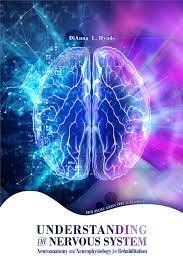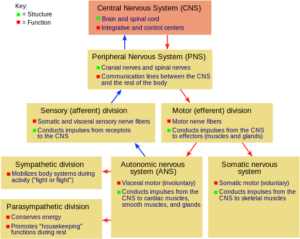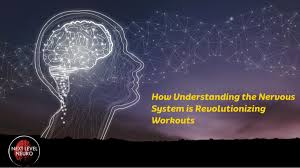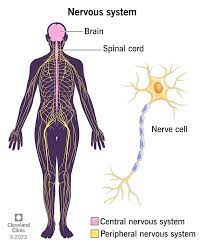Ever heard the phrase 60 is the new 40? While that maybe an exaggeration, it’s meant to highlight the very real phenomenon of our ever increasing health and longer lifespans.
For the average person who turned 60 in 1970, they could expect to retire at age 64 and live to age 70.8. For someone who turned 60 in 2010, they can very easily work throughout their entire 60’s and expect to live to at least 78.7 years old.
With the advances in modern medicine, lower rates of smoking and generally healthier lifestyles, our active and productive years can expand well into our 70’s and beyond.
How we choose to use this “extra” time will be determined by our current situation and our priorities for the future.
For some, their 60’s are a time to kick back and relax. They have worked for 30+ years, lived below their means and diligently saved money for retirement. They may also have sold a successful business, or been able to retire from a (increasing scarce) job that had a good pension.
For others, the prospect of retirement isn’t even a thought. Whether it’s a case of financial reality or just the psychological need to be productive, a continuing presence in the workforce is a reality for more and more of the 60+ crowd.
So how to change your life at 60 years old and feel proud of yourself?
- Is It Possible To Start Over in Your Life At 60?
- Finding Meaning in Life at 60 Years Old
- Is 60 Too Late To Change Your Life?
- How to Change Your Life at 60 Years Old and Feel Proud of Yourself
- 1. Changing Priorities
- 2. Understanding the Psychological Challenges
- 3. Dealing With the Financial Challenges
- 4. Make New Friends
- 5. Give Back To the Community
- 6. Set Achievable Goals
So start over in your life at 60!
Starting over at 60 should not come as a surprise. Now that you have come to understand the psychological and financial challenges associated with reaching that age, let’s take a look at how to regain control over your life. In popular opinion, by the time you reach 60 you have achieved all you had to in life. This isn’t true, just because we are comfortable doesn’t mean to stop ourselves from growing.
It is important to shift attention away from things that took the most part of your life like work and children and move towards yourself and how you impact the world and not put your life on stagnation till you pass on. You are starting a new life or just adding to what you have depending on the individual. Their are many factors that determine that:
Are you healthy? If so, take advantage of it than, its your life!
Are you with less family and or friends in your life? If so can involved in groups, the community, but don’t introvert yourself home and especially by yourself!
YOU CAN START LIFE OVER AT 60 IF YOU WANT; IT IS ALL UP TO WHAT YOU CHOOSE DO WITH YOUR LIFE!
Most people would think their life’s meaning and purpose is one thing and remains the same forever. However, that is far from the truth. In fact, the meaning in life changes with every stage of life because we as human beings change so many times in our lives.
By the time one reaches 60 they have experienced all sorts of things in life, especially long-lasting impacts of loss, bereavement, retirement and so much more. Sometimes the meaning of our lives is lost along with loved ones and things. However, this is also a period of transformation where in one way or another we have to re-evaluate our life and priorities.
Your own goals can change, from wanting to live longer, to lose weight, and be healthy to spending time with family and friends or like-minded people. Everyone has something or the other that they need to do at this age, and each of their goals is equally as important. Therefore, finding meaning in life at 60 years old is something most people do.
Is 60 Too Late To Change Your Life?
No time in life is too late to change. As previously discussed, the 60s and 70s are key years in an individual’s life. Everything around a person at that age is changing and there is no one stopping them from changing as well.
Some people work hard their entire lives and retire in their 60s. They want a chance to enjoy life and relax. Others see it as a time to plan out their family’s future and look into life insurances. Some are given unexpected medical advice diagnosis or treatment and they need to make changes to live a healthy life.
Turning 60 gives you a chance to start over, and it’s up to you whether you want to take it or not. Psychologically, after living an entire life you are presented with various options. Being 60 means you have a lifetime of knowledge and skill to impart to others around you, the ability to turn your hobbies into happiness, and do the things you have always wanted to do.



